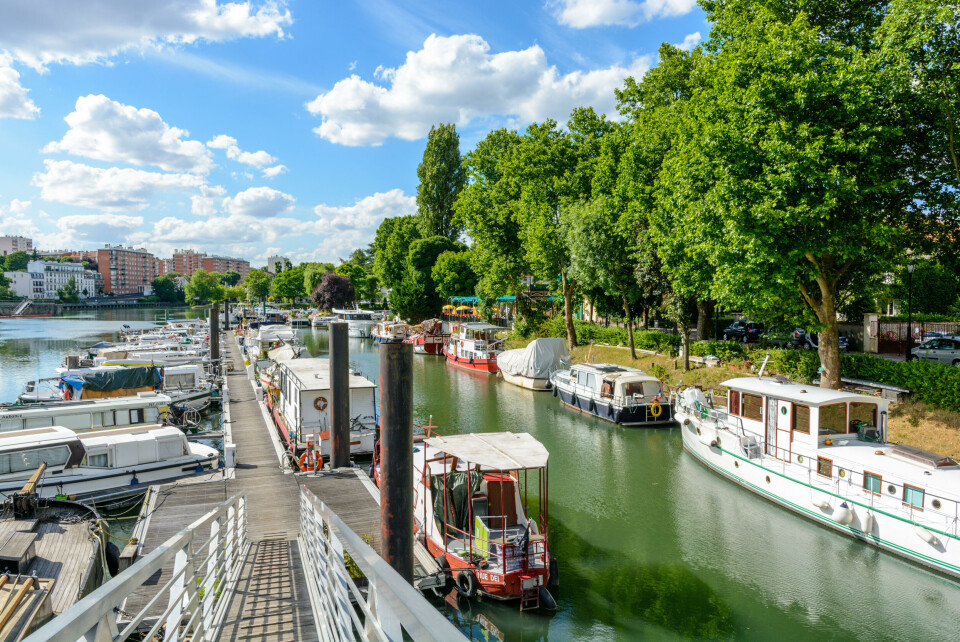-
New notaire data suggests easing of Paris property crisis
Property experts have talked of ‘easing pressure’ and ‘breathing space’ after a four-year slump
-
Rules change for dog walking in France from April
Here is how to ensure you and your dog remain within the rules and avoid fines
-
Why meat is becoming less popular in France
A new poll shows the alternative proteins people are choosing, and why
Extra house building banned on residential island near Paris
The ministry has given special protection to Ile Fanac, in the Marne river, which is already a car-free zone

A four-hectare residential island near Paris where cars are banned has been declared a protected space by the environment ministry, meaning no more housing can be built there.
Ile Fanac, in the Marne river, is accessible only by taking stairs or a lift from the Pont de Joinville bridge. Most of the 20 or so houses on the island are privately owned and many of them were built as extravagant villas in the late 19th century.
The island also has a municipal music school and a rowing club boathouse.
The boathouse was one of the projects selected to receive funds from the 2021 Loto du Patrimoine, held to safeguard the built heritage, and will be used as one of the preparation centres for rowing events in the Paris Olympics in 2024.
Changing demographic
Cécile Objois, an estate agent who knows the island well, said the island’s 100 or so residents had changed in the last 20 years.
“Before, it was mainly the families of the people who had built the houses, many of which are very nice properties with gardens, from the late 19th century,” she said.
“But since then, some of the families have sold up and the population has changed.
“There are a couple of artists and some young couples with children.”
Boats collect the shopping
There is a car park on the mainland for people who live on the island, but it is limited to one vehicle per house. A road runs around the island, and is maintained by the river authorities, so none of the houses has direct access to the water. However, most residents have flat-bottomed boats or canoes, and some have their own jetties.
“The steps and lift are at the end of the island, so many people prefer to take their boats across the river when they have shopping to collect,” said Ms Objois.
“Living on the island is magic. There is a great atmosphere. However, you have to accept that it is not as convenient as living off an island.”
Exclusive location
Joinville-le-Point, the town around the island, has Paris’s Bois de Vincennes as its western boundary, just a 14-minute walk away. There is also a railway station in Joinville-le-Point on the RER A line, 10 minutes from the island, as well as schools and shops.
The protected status means that no new buildings will be allowed on the island, although it might be possible to build extensions to existing ones.
Ms Objois said houses on the island come on the market occasionally and always garner a lot of interest. Last year, a five-bedroom house built in 1880 with a 1,162m² garden sold for its €1.5million asking price.
During the late 19th century, Ile Fanac, along with some other spots along the Marne and Seine rivers, became popular day-trip destinations for Parisians.
The guinguette – a kiosk, normally with tables outside and sometimes a dancefloor – Chez Julien, described by Emile Zola in The Ladies’ Paradise as a meeting place for artists, was thought to be based on what is now the music school on Ile Fanac.
Related articles
'Paradise island' for sale for €1.5m in Côtes-d'Armor, Brittany
Paris sells French chateau and holiday village for just over €200,000
See the French cities where properties sell quickest (and slowest)
























